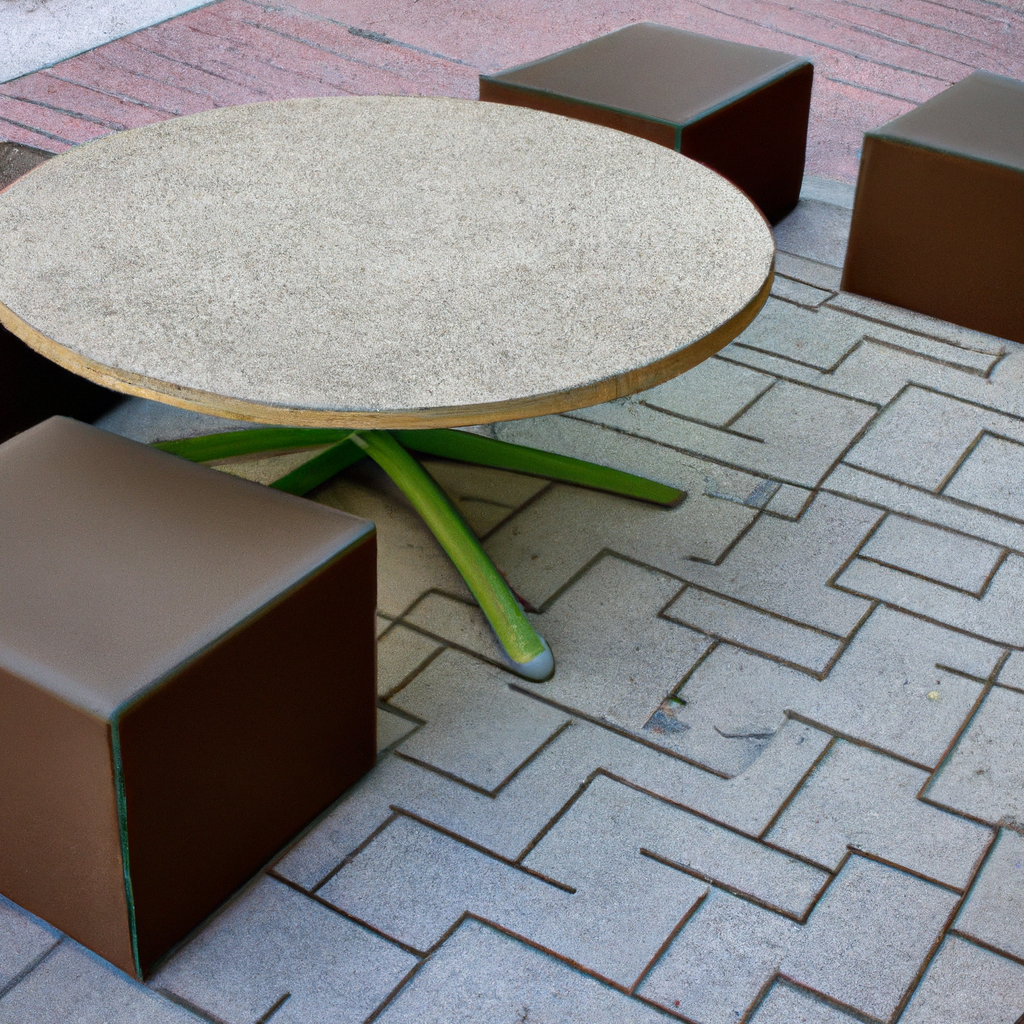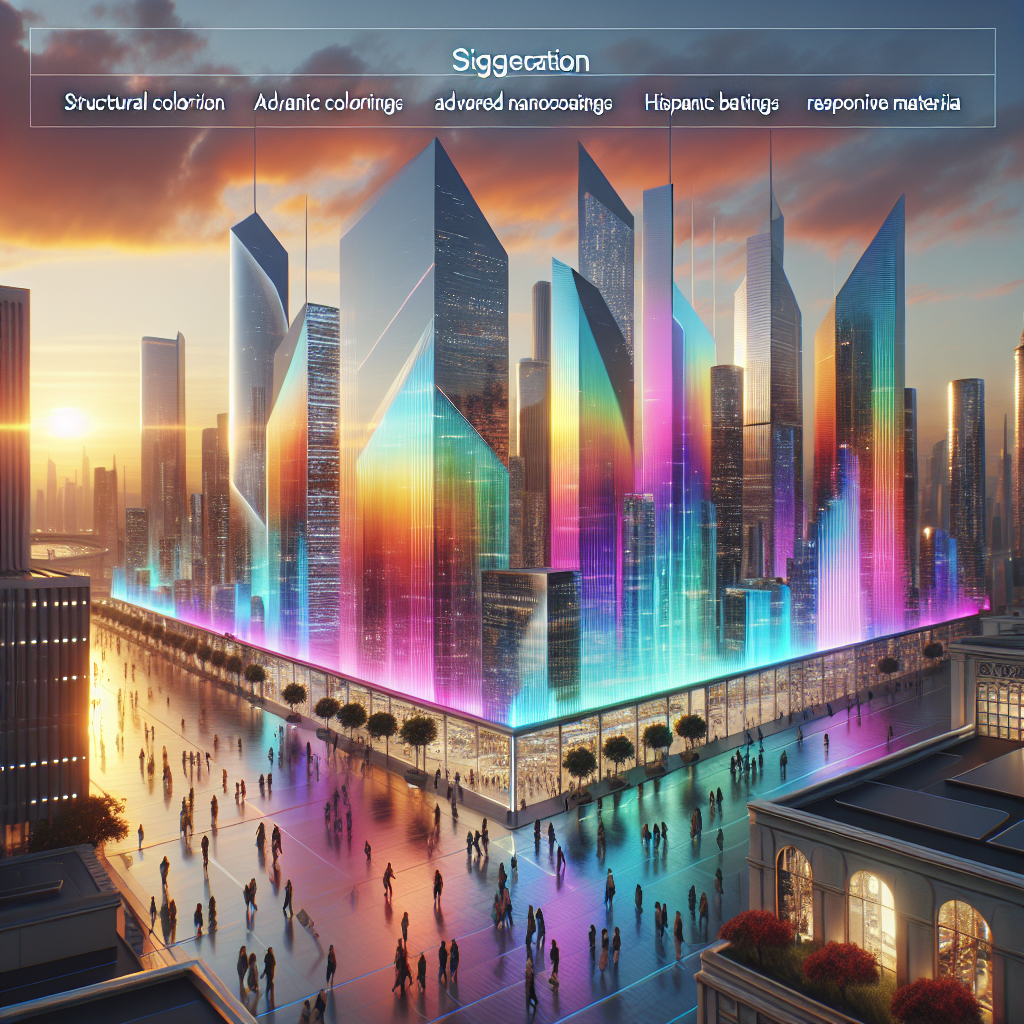The Circular Economy Revolution: Pioneering Upcycling and Repurposing Techniques in Modern Product Design

The circular economy, a concept that has gained significant traction in recent years, revolves around the idea of transforming waste materials into new resources. This innovative approach is now reshaping the world of product design, as designers and architects embrace upcycling and repurposing techniques to create sustainable, eco-friendly solutions. In this in-depth exploration, we delve into the groundbreaking methods and the remarkable examples leading this revolution in the design and architecture realm.
Circular Economy and Its Impact on Design
The essence of a circular economy lies in minimizing waste generation, maximizing resource utilization, and promoting sustainable practices. This eco-conscious approach has spurred designers to rethink the way they create products, from the materials they employ to the lifespan of their creations. By integrating upcycling and repurposing methods, designers are reimagining the possibilities of discarded materials and giving them new life in unique, functional, and visually appealing ways.
The Art of Upcycling in Product Design
Upcycling, the process of converting waste materials or unwanted items into new, higher-value products, has become a driving force in the circular economy movement. Designers are harnessing the creative potential of discarded materials to forge innovative and aesthetically pleasing products, reducing the environmental impact of traditional manufacturing processes.
Ocean Plastic Waste Furniture
One such example is the transformation of ocean plastic waste into stylish and functional furniture pieces. By utilizing this versatile material, designers are not only contributing to cleaner oceans but also showcasing the potential of upcycling as a sustainable design solution.
Textile Recycling in Fashion Accessories
Similarly, discarded textiles are finding new life as chic, eco-friendly fashion accessories. Designers are crafting vibrant and one-of-a-kind bags, shoes, and clothing items from materials that would otherwise end up in landfills, emphasizing the importance of resourcefulness in the world of design.
Repurposing: Breathing New Life into Old Structures
In architecture, repurposing refers to the adaptive reuse of existing buildings or structures, giving them a new purpose and extending their useful life. This approach is gaining popularity as architects recognize the environmental benefits and the potential for creating unique, characterful spaces.
Shipping Container Architecture
A notable example is the conversion of old shipping containers into modern, modular living spaces. These structures are cost-effective, easy to transport, and can be customized to fit a variety of purposes, from homes to offices and retail spaces.
Revitalization of Abandoned Industrial Buildings
Another inspiring project is the revitalization of abandoned industrial buildings. By transforming these spaces into cultural centers, coworking spaces, or urban farms, architects are preserving the architectural heritage and injecting new life into forgotten urban landscapes.
Elevating Sustainability through Innovative Approaches
The success of the circular economy in the design and architecture sectors lies in the adoption of cutting-edge techniques and innovative thinking. As designers and architects continue to push the boundaries of what can be achieved with upcycled and repurposed materials, the world will witness a proliferation of environmentally responsible, resource-efficient, and aesthetically captivating creations.
The circular economy revolution is not only changing the way designers and architects approach their work, but also shaping consumer attitudes toward sustainability. By embracing these pioneering techniques, the design and architecture industries are paving the way for a more eco-conscious future, ensuring the well-being of our planet and its inhabitants.





